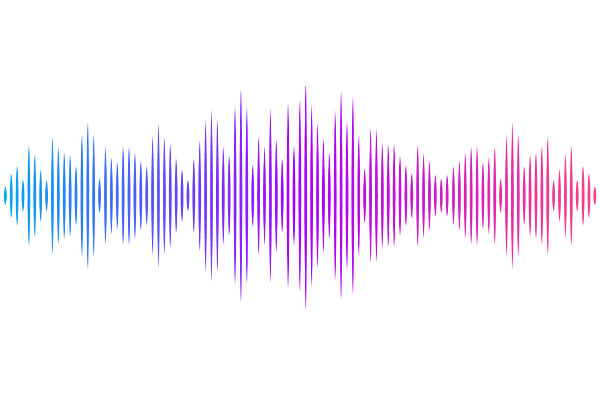Tunneling density of states in exotic superconductors and spatial patterns of particle-hole interference

Tunneling density of states in exotic superconductors and spatial patterns of particle-hole interference
Archisman Panigrahi, Vladislav Poliakov, Leonid Levitov
AbstractTunneling spectroscopy of superconductors provides valuable insights into gap symmetry, quasiparticle dynamics, and pairing mechanisms. This paper explores spatial patterns of quasiparticle interference in the tunneling density of states (TDOS) near localized impurities. These patterns emerge because Bogoliubov quasiparticles, as coherent superpositions of electrons and holes, drive reversible particle-to-hole conversion within the superconductor. Impurities act as beam splitters, generating interference between particle and hole states, forming spatial fringes reminiscent of Young's double-slit experiment. In topological superconductors, these interference patterns are further modulated by nodal lines that encode the nodal structure and phase of the gap function, $\Delta(\vec p)$. Notably, the patterns directly reveal the winding number of $\Delta(\vec p)$ phase, offering a unique probe of exotic, non-BCS pairing and a powerful tool for detecting topological superconductivity.